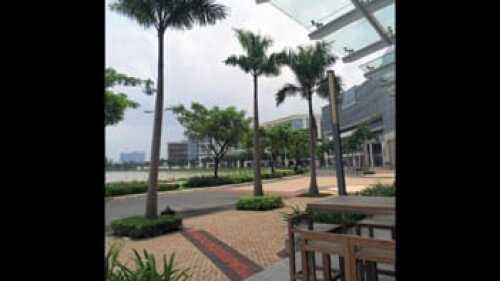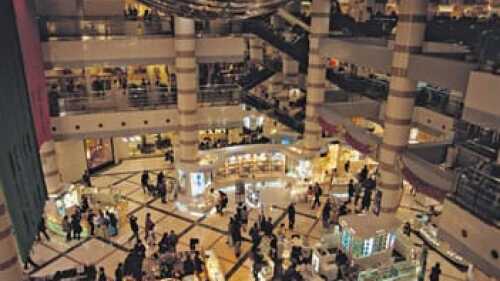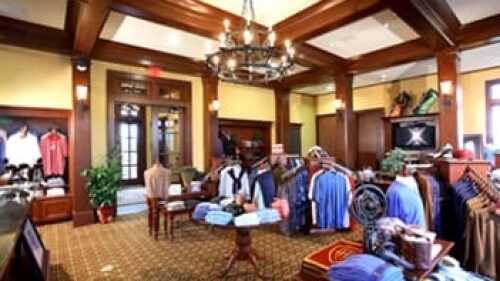Washington, D.C., is experiencing a veritable boom in big-box development—for a central city, at least—with the 2008 opening of the DC USA at Columbia Heights development (which includes Target, Bed Bath & Beyond, and Best Buy) and the news last fall that Wal-Mart plans to open four new stores in neighborhoods largely underserved by retail.
On September 8, the National Building Museum hosted a panel discussion of how this typically suburban development format is affecting D.C.’s planning, land use, transportation, and economy as part of its DC Builds lecture series. The panelists included DC Office of Planning director Harriet Tregoning, Community Land Use and Economics Group principal Kennedy Smith, and JGB Rosenfeld Retail’s acquisition and development principal Jay Klug, and was moderated by ULI Rose Center fellowship director Gideon Berger.
Economists estimate that D.C. currently experiences about $1 billion in retail leakage each year based on sales data from suburban retailers on purchases made by District residents, according to Tregoning. The city has less than one-third as much retail per square foot as the national average and the surrounding suburbs, even as population has grown in D.C. neighborhoods at a faster rate than its suburbs in recent years.
Tregoning said the city has learned valuable lessons from the performance of the DC USA project, which has many large-format retailers on different floors and smaller in-line retail space on the street. The District is paying off the debt for the $42 million, 1,000-space underground parking garage that is largely underutilized but was deemed necessary at the time to attract the desired national retailers. To improve utilization, 350 spaces are now being leased for daily and monthly use. A much higher percentage of shoppers access the site by transit, foot, or bicycle than was expected, consistent with the complex’s location in a dense urban neighborhood well served by public transit. The city has adjusted parking requirements in its zoning code accordingly.
Smith raised the questions of whether there is enough market to support four new Wal-Marts, how they could be expected to affect the community, and whether the District is prepared for those impacts. Based on some back-of-the-envelope number crunching, she guessed the Wal-Marts will bring in a combined $200 million a year in sales, which represents only about 20 percent of D.C.’s retail leakage.
The only study of an urban Wal-Mart’s effect on nearby small businesses found that over three years, 27 percent failed within a three-mile (4.8-km) radius of a Wal-Mart built on the west side of Chicago in 2008. That represents about double the normal attrition rate for such businesses, according to researchers at the University of Loyola Chicago. But Smith said the new D.C. Wal-Marts’ focus on grocery sales, their smaller size (only 80,000 to 100,000 square feet/7,440 to 9,300 square meters), and their locations in underserved neighborhoods should lessen that impact. She also recommended tools such as a local venture capital fund to help small business startups.
Klug described the Wal-Mart project JGBR is developing at 801 New Jersey Avenue, N.W., as a five-story, mixed-use building including street-level space for smaller retailers, 315 apartments above, and underground parking. Its design is intended to mirror the brick industrial architecture of the Government Printing Office across the street.
The Curbed DC blog published an interview with Berger about the opportunities and challenges posed by big boxes in central cities. The National Building Museum will provide a link to streaming video of the panel on its website.




